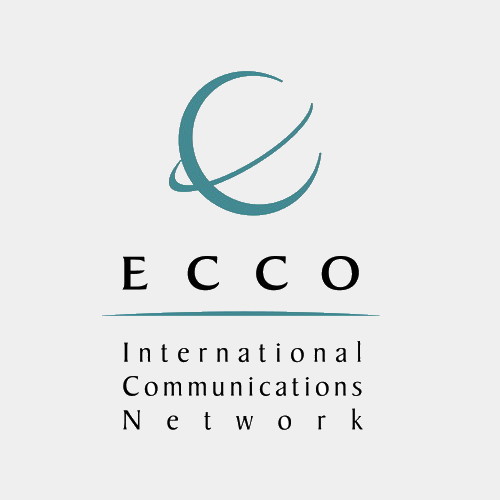

The new decade is here and with it comes an array of different marketing channels to sell products and services. In an era where you can get almost anything at the click of button, entrepreneurs are often left to wonder how they can stand out and what they can do to “sell their fish” in the new decade? There are numerous different marketing and communication channels and methods that entrepreneurs can use to promote their products and services, but which one works best?
As Sir Richard Branson says, entrepreneurs need to take their business to where the conversation is happening. Chanell Kemp, reputation specialist at Reputation Matters, adds, “Our motto at Reputation Matters is to create businesses that people want to do business with.” Taking your business where the conversation is, is an excellent start, but how do you determine where that is? Which channels should you use to communicate your messages and how can entrepreneurs position themselves in an ever-changing market? According to Kemp, there are five crucial steps to take your business to the conversation in 2020.
Step one: Cultivate a clear vision: “A lack of a clear vision is like getting into a car with a blindfold on,” says Kemp. You need to know what it is you want to achieve and add as much detail as possible. Set yourself a big goal for the year ahead and break it down into smaller stepping stones of what you need to do each quarter in order to get to your big goal. Write down what you want to achieve, what you stand for as well as your brand promise and make sure it aligns with your vision.
Step two: Research: Research is the roadmap to your vision and it provides you with the crucial data and information you need in order to reach your goals you set out in step one, as well as defining and understanding your target audience. “Understanding exactly what makes your specific target audience tick, whether they are eight or 80, will enable you to know exactly what to communicate to whom, through the most effective channel of communication as well as the best time to do so. This means that you target your audience according to their specific needs, as opposed to a ‘spray and pray’ approach to try and reach everyone and ending up reaching no one,” continues Kemp.
Step three: Targeted messages: Once you know where you are going and you have gathered the facts, you can start creating messages for each target audience. “The way you communicate and explain something to your children differs from the way that you communicate with your grandmother. Why should this not apply to your marketing and communication messages as well?” says Kemp. Different genders, age groups and cultures should ideally have messages that are targeted at them and that speaks to them directly. As long as the brand promise remains the same and authentic, the messages can be shaped to appeal to different target markets.
Step four: Choosing the channels: The next step in taking your business to the conversation is to choose the correct channel to communicate to the different target audiences. Communication channels can include email, instant messages, social media, telephone calls, face to face meetings, or newsletters. During the research phase, entrepreneurs should also focus on determining which channels are the most effective channel when communicating with the different target audiences. “Utilising these different channels will ensure that your target audiences feel valued and they will know that you listened to their needs and preferences,” continues Kemp. It does not help to have a TikTok account just for the sake of it because it’s the latest fad, but it is never updated and your key audience hardly knows that it exists or what a hashtag is.
Step five: Build lasting relationships: In an era where computers and social media are dominating the way we communicate, it is important to realize that we are dealing with people. “Building interpersonal relationships, getting to know your clients and really caring for them, will differentiate you from being just another entrepreneur that communicates to the crowds. In order to really bring your business to the conversation, you need to listen to your customers. Listening is just as important as using the correct communication channels. Give your customers the opportunity to give you feedback, in turn closing the communication loop and building lasting relationships,” concludes Kemp.
Access to the ECCO Global Communications Network is simple. Contact information for a specific geography is available on the agency overview pages accessed here or contact the ECCO Global Communications office via email info@ecco-network.com.